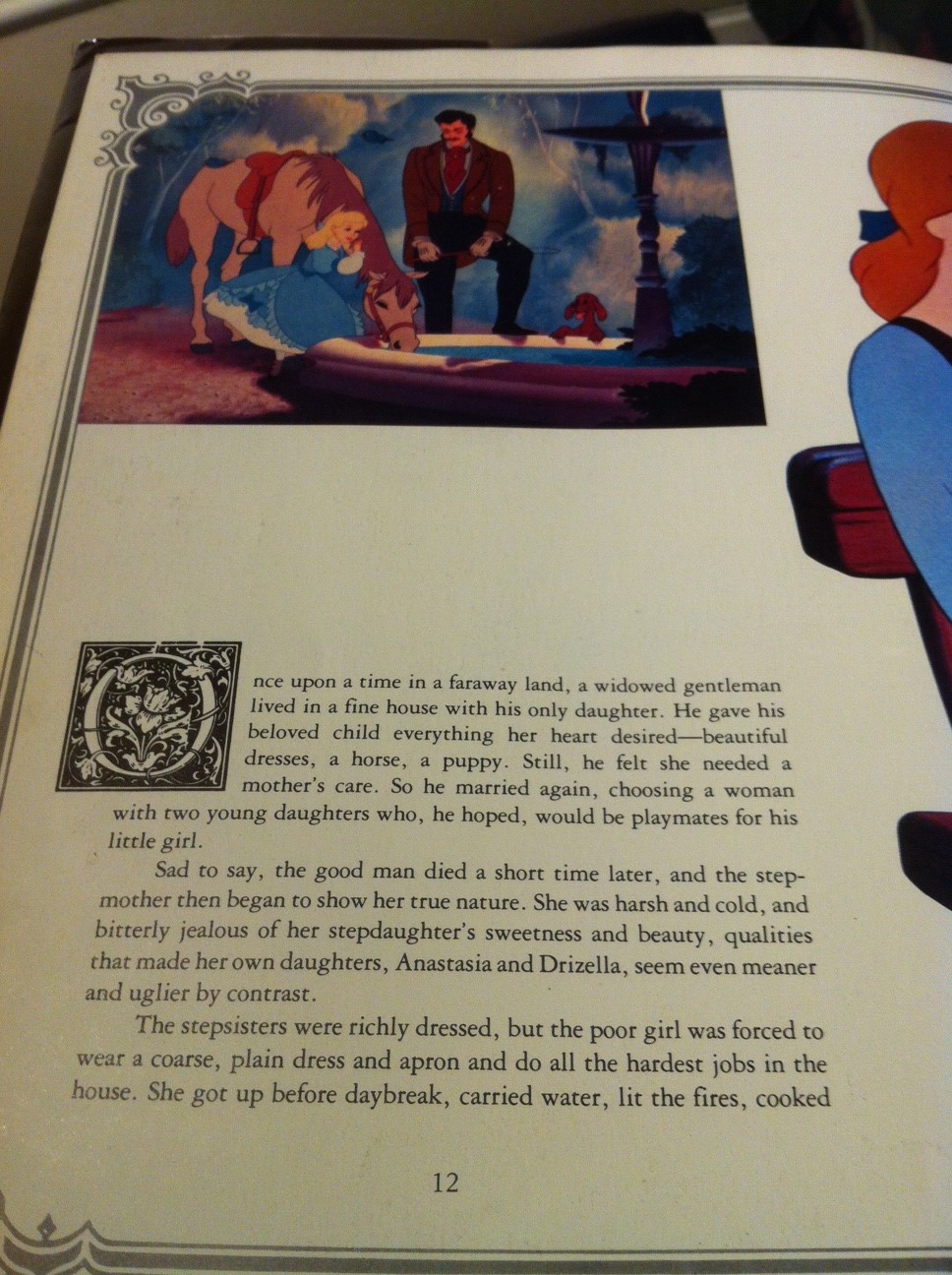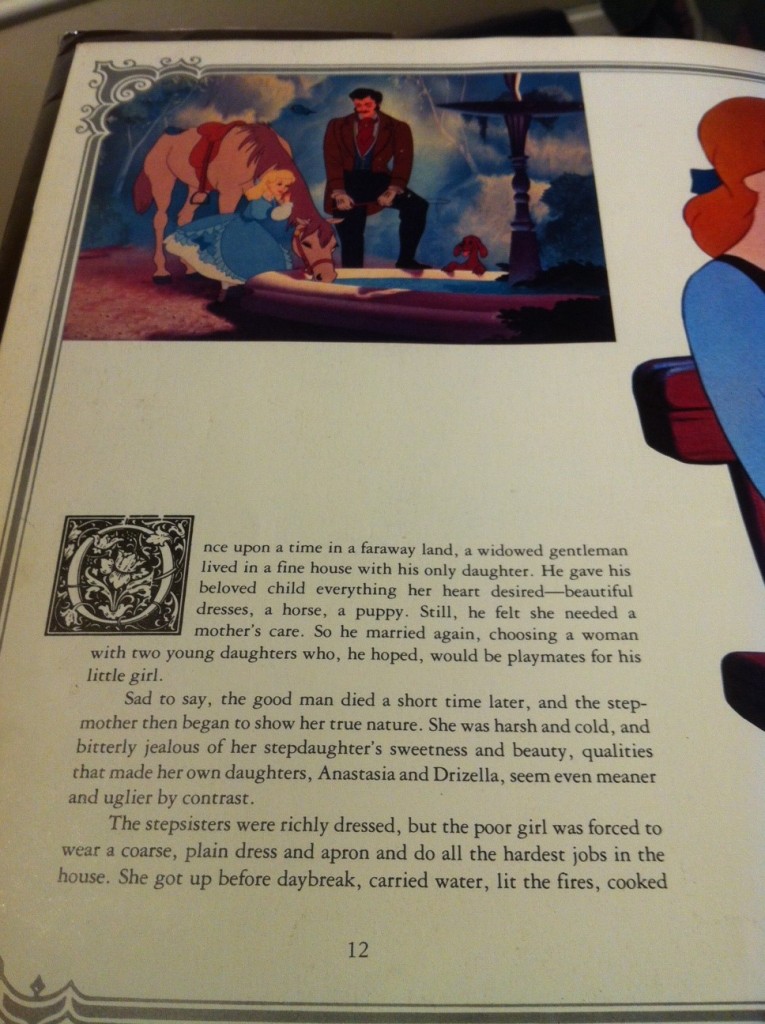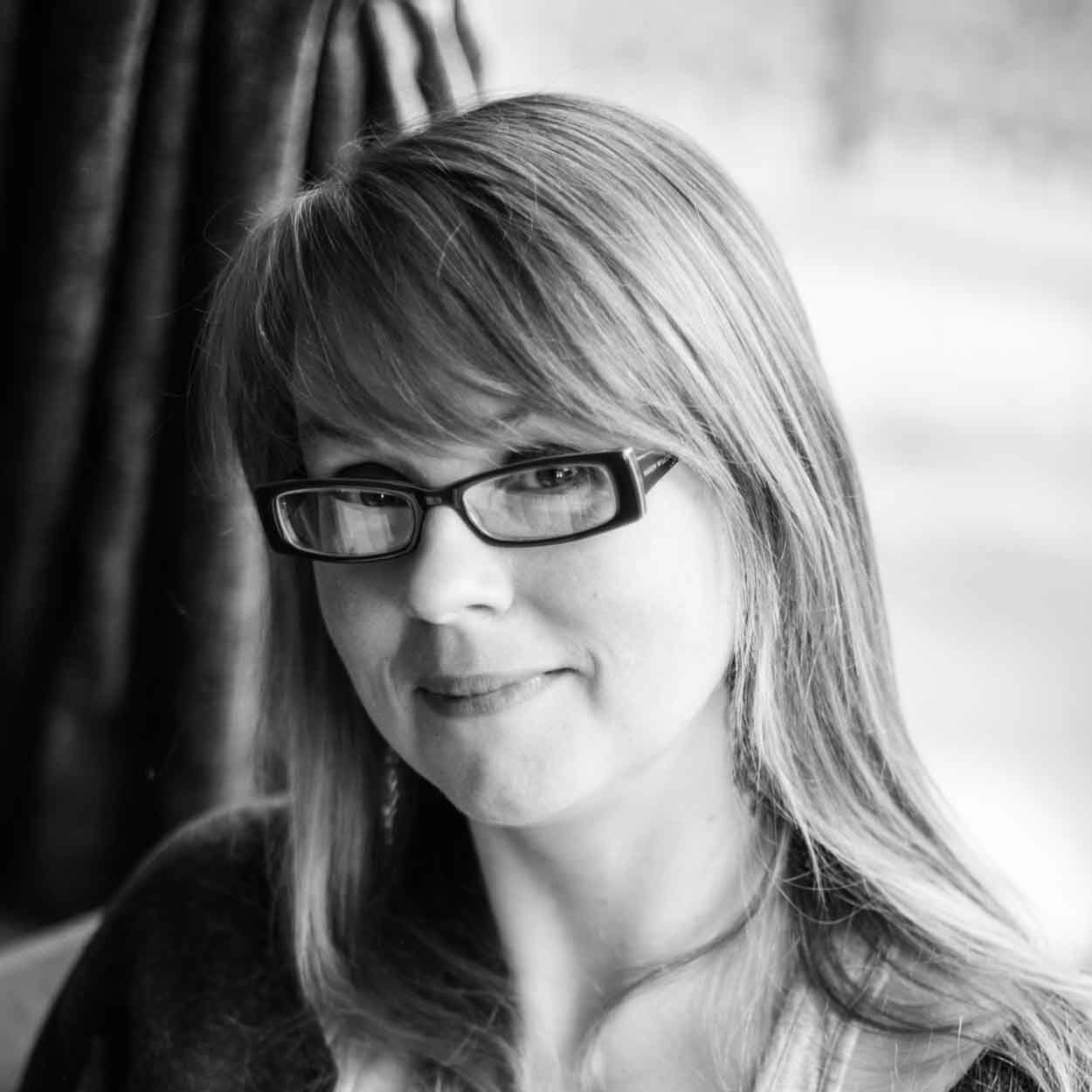You only get one chance to make a first impression, we’re told. The importance of that first impression – first sentence, first paragraph, first page, first chapter – is impressed on us writers time after time. A story must instantly hook the reader and reel them in, convincing them it’s worth sticking with this book in their hands. While that’s true for all books, it’s even truer for Children’s and Young Adult books. When adult readers make the decision to read a book, they’ll often stick with it even if they’re not enjoying it in the hope it’ll improve. Child and teen readers will put a story down at any point it fails to hold their interest!
I totally get that which is why the first chapter of my WIP is the most worked on section of the novel. But getting it “right” is very very tough.
I’m reading a book at the minute whose first two pages were SO good, there was no way that the other 300+ could ever have maintained that standard. Is it a good idea to peak so soon? While I want my first page to be the best I can make it, I don’t want it to be the absolutely best part of the book. I want to draw the reader in with the promise of quality, but also consistency.
It used to be that great stories didn’t have to worry about originality in their opening lines. “Once upon a time…” they went and you instantly knew where you were. For me that opening is the ultimate hook: a signal to settle down, make yourself comfy and get ready to be transported. It’s more than a cliché, it’s a clear and welcoming sign.
Everyone’s idea of a good opening is subjective. As I mentioned last time, I’ve had a lot of advice about my first chapter, some of it conflicting. What does a writer do about things like that?
Unsurprisingly, you wait – as you have to at so many stages of the writing/publishing journey – and let the murky waters settle down and become clearer.
My Golden Egg editor, Nicki, says I have a great writer’s instinct and I should trust it. So I let all the advice I’d had from editors, agents and peers tumble around in my subconscious for a few weeks like a stone being polished. I may be obsessed, even for a writer, but I think about my writing continually, analysing lines and checking out the authenticity and connectedness of plotting, conversations and relationships. I knew that my subconscious would work out what to do with the first chapter and let me know when it was ready.
Some elements of the feedback were easy to make decisions about. I considered whether or not to do more world-building – setting isn’t my strong point, so I knew I might have neglected it slightly. But then Nicki gave me some feedback about cutting words from a later chapter and I realised that everything she suggested cutting was excessive world building (where I was trying too hard). I needed to trust my instinct and not shove in unnecessary detail, thinking it improved it! With my newfound clarity I realised that only one person amongst all the feedback had said I needed to do more, so I let the masses finish ruling out that advice fully.
The same person said the voice made the protagonist seem younger than she was, but as that had NEVER been mentioned by anyone else, I decided to leave that too.
Where to start was the trickiest thing to figure out. “Point of attack”, i.e. where you enter into the story you’re telling, is always a big challenge. My previous two openings occurred after the protagonist had already discovered the major revelation that kicks the story into action and we only hear about it through her introspection. Early on in our editorials, Nicki mentioned that she’d like to see that exchange, but I resisted. I wanted to get on with the story. The revelation had happened and, yes, it was very important, but I was much more interested in seeing the fallout from it.
Another editor seemed to agree about jumping into the action quickly – even more quickly than I was doing actually – so I continued to resist Nicki's suggestion. Until I took the first chapter to a SCBWI critique group and all of them said they wanted to see more of the character's life before the revelation.
Then there were the comments about possibly not starting with a dream. (Ranty blog on clichéd writing advice to follow another time!) I liked my dream start, I had strong arguments for beginning in that way, but if I wanted to make the book’s passage towards publication easier then perhaps it was something I needed to revisit.
Then one day my subconscious was ready and a new opening line and image dropped into my head! I wrote from the new “point of attack” and I loved it. The revelation is seen in real time. The dream remains but a few pages in. And although the story starts further back in the timeline rather than further forward, I think the other editor's main concern was with the amount of introspection before action in the original opening (which has also been dealt with), rather than exactly where in the story I began. It’s as close as I can currently get to keeping everyone happy!
I’m not naïve enough to think that an agent or editor is unlikely to ask for changes to the first chapter in the future. It’s certainly not “happily ever after” yet! But, for now, I am happy with what I've got and my subconscious can get on with nailing other parts of the manuscript 🙂
Similar Posts:
- None Found



 Hi, I'm Mel (you figured that out already though, right?!) and this is where I chat about things that relate to and inspire my writing, as well as share some of it.
Hi, I'm Mel (you figured that out already though, right?!) and this is where I chat about things that relate to and inspire my writing, as well as share some of it.